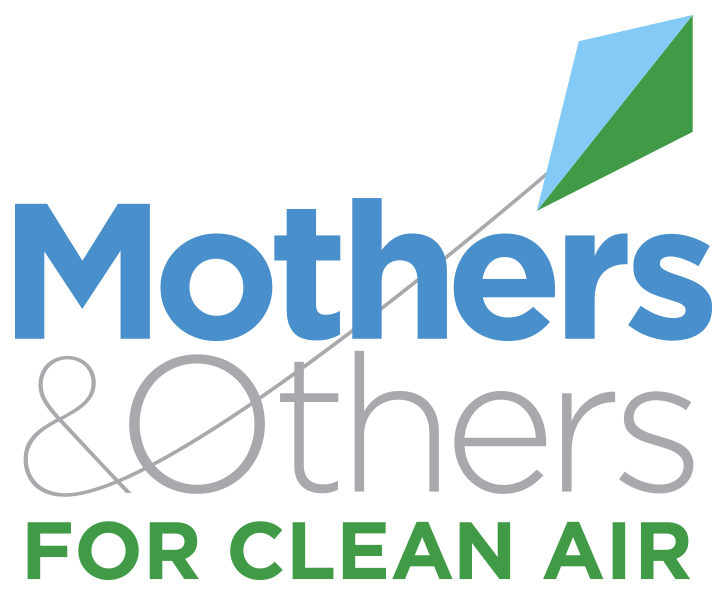In 2009, Cobb County School District (CCSD) and Georgia Institute of Technology (Georgia Tech) received a competitive federal grant to implement an idle and tailpipe emission reduction program in the CCSD bus fleet. The project is designed to reduce school bus idling by installing GPS and idle detection systems in the bus, providing bus dispatchers with a web system to track vehicle activity and idling in real-time, and to automatically shut off the engine when idle thresholds at specific locations are exceeded. A team of Georgia Tech researchers is implementing the anti-idle program and estimating the emissions and fuel savings from the project using approved modeling methods. This thesis presents the results of the emission modeling process, as well as an analysis of baseline school bus idling activity. EPA's MOVES mobile source emission model was used to develop emission rates for school buses for each operating mode, which are defined by the instantaneous vehicle speed, acceleration and scaled tractive power. Local data for Cobb County and Atlanta were collected and input into the MOVES model. The pollutants modeled include carbon dioxide, carbon monoxide, particulate matter (coarse and fine), oxides of nitrogen, and gaseous hydrocarbons. The vehicle activity data collected through the GPS and communications equipment installed in the buses were classified into the operating mode bins for each second of recorded data, and multiplied by the corresponding emission rate to determine the total modal emissions before and after project implementation. Preliminary results suggest that thousands of gallons of diesel fuel and thousands of dollars can be saved with the project, improving overall fleet fuel efficiency by 2%, as well as reducing emissions in some categories by as much as 38%.
Published Aug 31, 2011
Rome, C. (2011). An analysis of school bus idling and emissions. https://smartech.gatech.edu/handle/1853/45794
